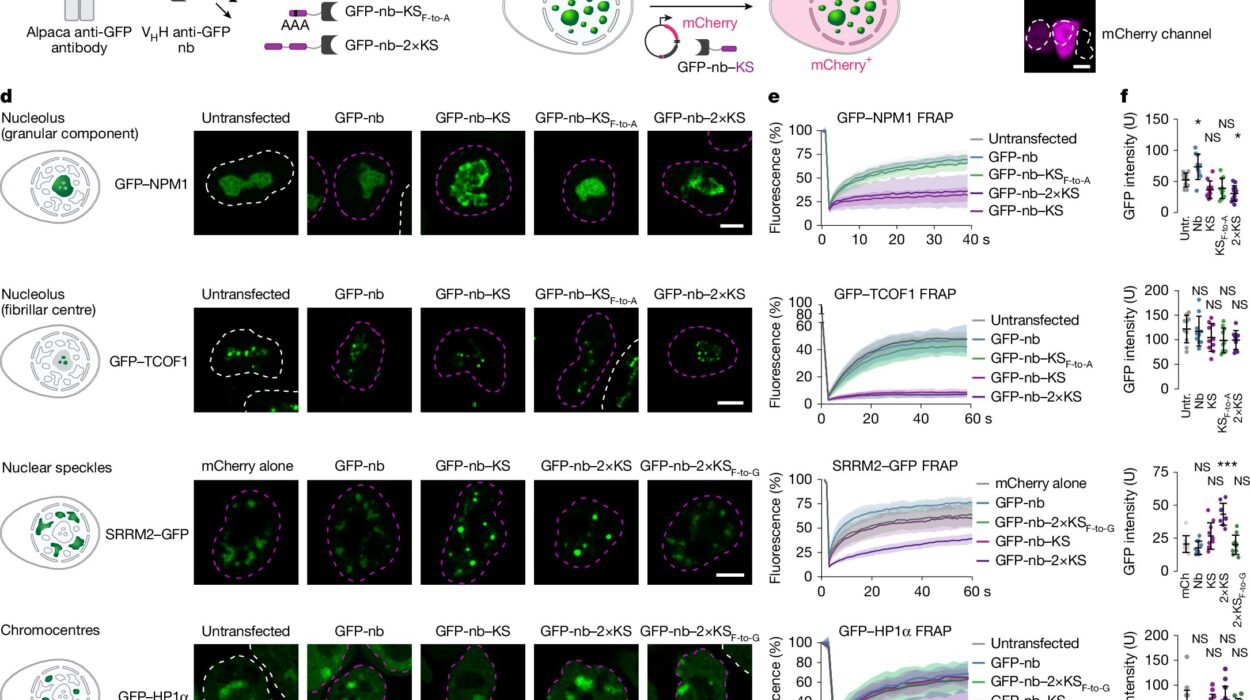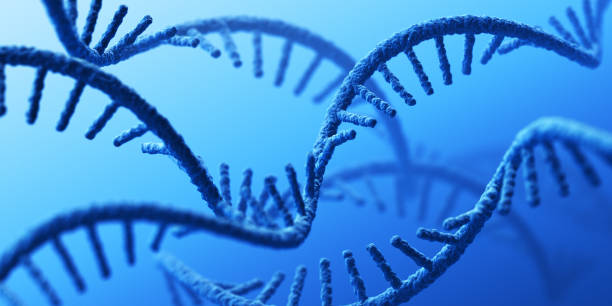Human emotions are an intricate and profound part of our biological makeup. They influence our thoughts, actions, and interactions, shaping the way we experience the world. Whether it’s joy, sadness, anger, fear, or love, emotions are an essential aspect of the human condition, guiding our behavior, interactions, and mental well-being. But beneath the surface of these emotional experiences lies a complex biological framework, orchestrated by the brain, hormones, and various neural circuits. Understanding the biology of emotions opens a window into how our minds and bodies work together to respond to the world around us.
The Brain: The Command Center of Emotions
The brain, as the most complex organ in the human body, plays a central role in the regulation and processing of emotions. Several regions of the brain are involved in emotional experiences, with the limbic system being the primary structure responsible for regulating emotions.
The limbic system, a set of interconnected structures deep within the brain, is often referred to as the “emotional brain.” It includes key structures such as the amygdala, hippocampus, hypothalamus, and the cingulate cortex, each playing a unique role in processing and responding to emotional stimuli.
The Amygdala: The Emotional Sentinel
The amygdala, almond-shaped clusters of nuclei located deep within the temporal lobes of the brain, is perhaps the most well-known structure when it comes to emotions. It acts as the brain’s emotional sentinel, constantly scanning the environment for potential threats or emotional stimuli. When it detects something significant—be it a frightening image, a joyful event, or a sad memory—it triggers an emotional response.
Research shows that the amygdala is particularly involved in processing fear and anxiety. When you encounter something that is perceived as dangerous or threatening, the amygdala sends signals to other parts of the brain, activating the “fight or flight” response, which helps prepare the body to respond quickly. This can lead to physiological changes such as an increased heart rate, rapid breathing, and heightened alertness.
But the amygdala is not limited to fear alone. It also plays a role in processing positive emotions like happiness and excitement. It helps to form emotional memories, creating associations between particular events or situations and emotional responses.
The Hippocampus: The Memory Keeper
The hippocampus, located next to the amygdala in the medial temporal lobe, plays a crucial role in memory formation and the integration of emotional experiences with memory. Emotions are often tied to personal memories, and the hippocampus helps store and retrieve those memories, particularly those with an emotional component.
When you experience an event that elicits a strong emotion, the hippocampus helps encode that memory. Over time, the emotional significance of the memory can influence how you recall and interpret it. For instance, an event that once made you feel happy can later trigger a wave of nostalgia or even sadness when you remember it.
The hippocampus also helps regulate the emotional intensity of memories. It is involved in distinguishing between memories that are emotionally charged and those that are more neutral, allowing the brain to prioritize certain emotional experiences while pushing others to the background.
The Hypothalamus: The Emotional Regulator
The hypothalamus is a small but vital region of the brain that regulates many of the body’s basic functions, including hunger, thirst, temperature control, and sleep. It also plays a crucial role in emotional responses by linking the nervous system to the endocrine system. This connection is key to understanding how emotions can trigger physical changes in the body, such as the release of hormones.
When emotions such as stress, fear, or anger arise, the hypothalamus activates the sympathetic nervous system, which triggers the release of hormones like adrenaline and cortisol from the adrenal glands. These hormones prepare the body for action, increasing heart rate, blood pressure, and respiratory rate. This biological response is known as the “stress response,” and it is a critical part of the body’s ability to respond to immediate challenges or threats.
The Cingulate Cortex: The Emotional Decision-Maker
The cingulate cortex, located near the center of the brain, plays a key role in emotional processing, particularly in the regulation and interpretation of emotional responses. It helps integrate emotional information with cognitive processes like decision-making, attention, and memory. The cingulate cortex is involved in evaluating emotional stimuli and assigning value to them, which in turn influences behavior.
For example, the cingulate cortex helps us assess whether a situation is rewarding or punishing, and this evaluation can guide future actions. When we experience a positive emotion, such as pleasure or satisfaction, the cingulate cortex reinforces that behavior, encouraging us to seek out similar experiences. Conversely, when we experience negative emotions like pain or fear, the cingulate cortex helps us avoid situations that could lead to harm.
The Role of Neurotransmitters in Emotions
Neurotransmitters are chemical messengers that transmit signals between nerve cells in the brain and throughout the body. They play a pivotal role in regulating emotions, influencing mood, behavior, and emotional responses. Several key neurotransmitters are involved in emotional regulation:
Serotonin: The Mood Stabilizer
Serotonin is one of the most well-known neurotransmitters when it comes to regulating mood. It is often referred to as the “feel-good” neurotransmitter because of its role in promoting feelings of well-being and happiness. Low levels of serotonin have been linked to mood disorders like depression and anxiety.
Serotonin is involved in regulating various emotional states, including aggression, impulsivity, and social behavior. It helps maintain emotional stability by promoting positive moods and reducing the intensity of negative emotions. This is why serotonin is often targeted in the treatment of mood disorders, with medications such as selective serotonin reuptake inhibitors (SSRIs) commonly prescribed to increase serotonin levels in the brain.
Dopamine: The Reward and Motivation Neurotransmitter
Dopamine is another neurotransmitter that plays a crucial role in emotion, motivation, and reward. It is often associated with feelings of pleasure and reinforcement, driving behaviors that lead to positive outcomes. When we engage in activities that are enjoyable or rewarding, such as eating, socializing, or achieving a goal, dopamine is released, reinforcing those behaviors and encouraging us to repeat them.
Dopamine also plays a role in regulating emotions related to motivation and goal-setting. It helps us stay focused on tasks and motivates us to achieve our goals. However, an imbalance in dopamine levels can lead to emotional dysregulation, as seen in conditions like addiction, where the brain’s reward system becomes overstimulated.
Norepinephrine: The Stress and Arousal Neurotransmitter
Norepinephrine, also known as noradrenaline, is a neurotransmitter that plays a key role in the body’s stress response. It is involved in the “fight or flight” reaction, increasing heart rate, blood flow, and alertness in response to perceived threats. Norepinephrine is released by the sympathetic nervous system, which helps prepare the body to take immediate action in times of stress or danger.
While norepinephrine is essential for survival, chronic overactivation of this neurotransmitter can contribute to emotional disorders like anxiety and post-traumatic stress disorder (PTSD). Elevated norepinephrine levels can lead to heightened states of arousal and hypervigilance, making it difficult for individuals to regulate their emotions effectively.
Hormones and the Body’s Emotional Response
Emotions are not just a product of the brain’s internal processes—they also trigger a cascade of hormonal changes throughout the body. These hormones have a profound impact on our physical state and emotional experience, helping the body respond to emotional stimuli.
Cortisol: The Stress Hormone
Cortisol is often referred to as the “stress hormone” because it is released during times of stress or emotional arousal. Produced by the adrenal glands, cortisol helps regulate the body’s stress response by increasing blood sugar levels, enhancing brain function, and suppressing non-essential functions like digestion and immune responses.
While cortisol is necessary for managing short-term stress, chronic elevation of cortisol levels can have negative effects on both the brain and the body. Prolonged stress and elevated cortisol levels have been linked to emotional disorders like depression, anxiety, and post-traumatic stress disorder (PTSD), as well as physical conditions like heart disease and digestive issues.
Oxytocin: The Love and Bonding Hormone
Oxytocin, sometimes called the “love hormone,” plays a central role in emotional bonding and social connections. It is released during positive social interactions, such as hugging, touching, or bonding with loved ones. Oxytocin promotes feelings of trust, empathy, and connection, helping to strengthen relationships and foster social cohesion.
In addition to its role in social bonding, oxytocin is also involved in childbirth and lactation, facilitating labor and promoting maternal bonding with the newborn. It has been shown to reduce stress and anxiety, promoting a sense of calm and relaxation in social contexts.
The Physiological Impact of Emotions
Emotions not only affect the brain but also have a profound impact on the body. Our emotional states can influence heart rate, blood pressure, immune function, and even our digestive system. The mind-body connection is a powerful one, and understanding how emotions manifest physically can help us appreciate the deep interconnectedness of the body and mind.
For example, when we experience fear, the body’s “fight or flight” response is activated, leading to increased heart rate, rapid breathing, and heightened muscle tension. These physiological changes prepare the body to respond to a potential threat. Similarly, when we experience positive emotions like joy or excitement, the body may release endorphins and other feel-good chemicals, promoting a sense of well-being and relaxation.
Chronic negative emotions, such as stress, anger, or sadness, can have lasting effects on physical health. Long-term exposure to stress hormones like cortisol can lead to a weakened immune system, increased risk of cardiovascular disease, and digestive issues. Conversely, positive emotions like love, happiness, and gratitude have been shown to have protective effects on health, enhancing immune function and promoting longevity.
Conclusion
The biology of human emotions is a fascinating and complex subject, one that continues to captivate scientists and researchers alike. From the intricate neural circuits of the brain to the hormonal responses that shape our physical state, emotions are deeply embedded in the very fabric of our biology. Understanding the biological mechanisms behind emotions can provide insight into how we experience the world and respond to the challenges we face. It also opens up new avenues for treating emotional and psychological disorders, offering hope for those seeking to better understand and manage their emotional health. Emotions are not just fleeting experiences—they are powerful, biological forces that shape who we are and how we engage with the world around us.






